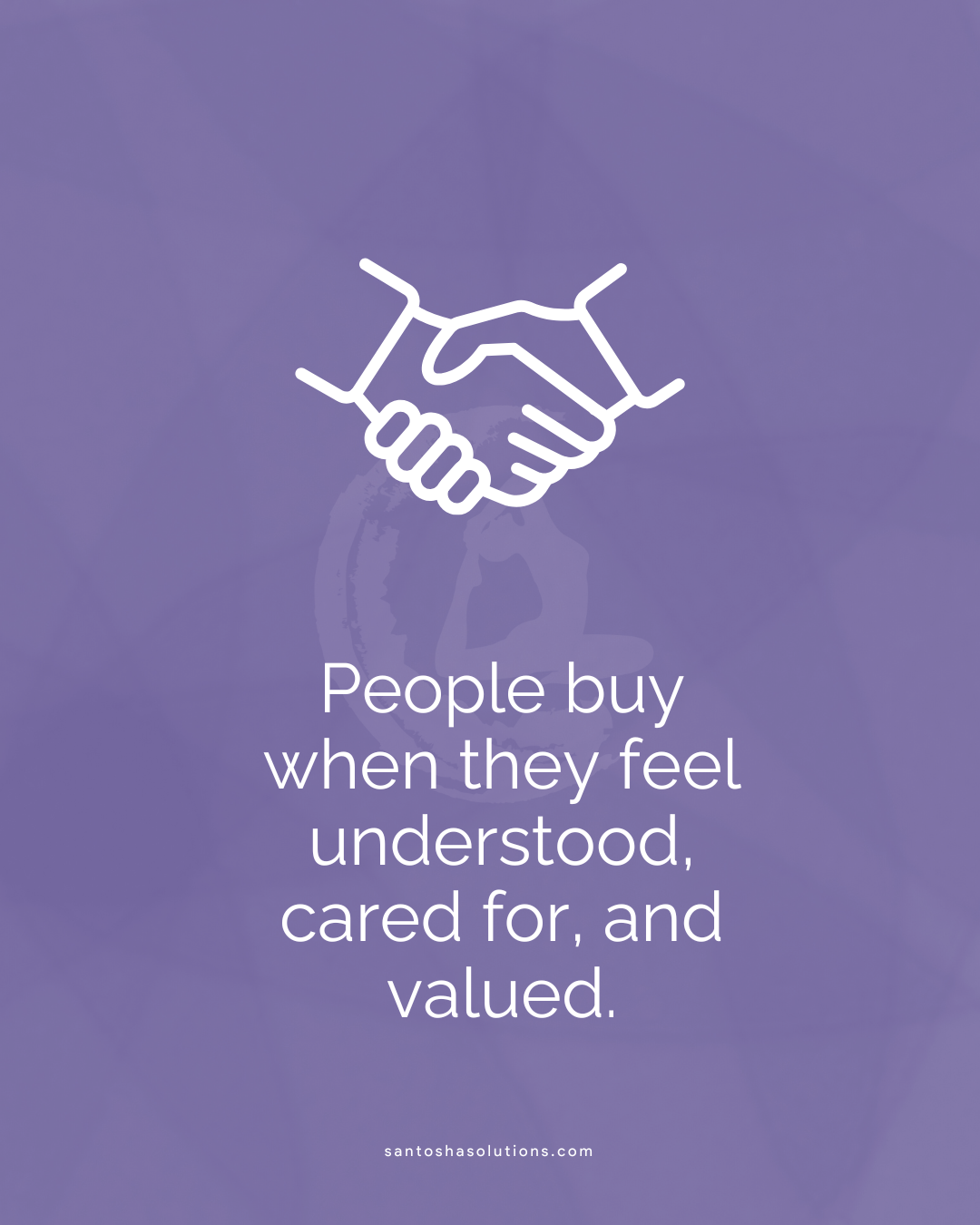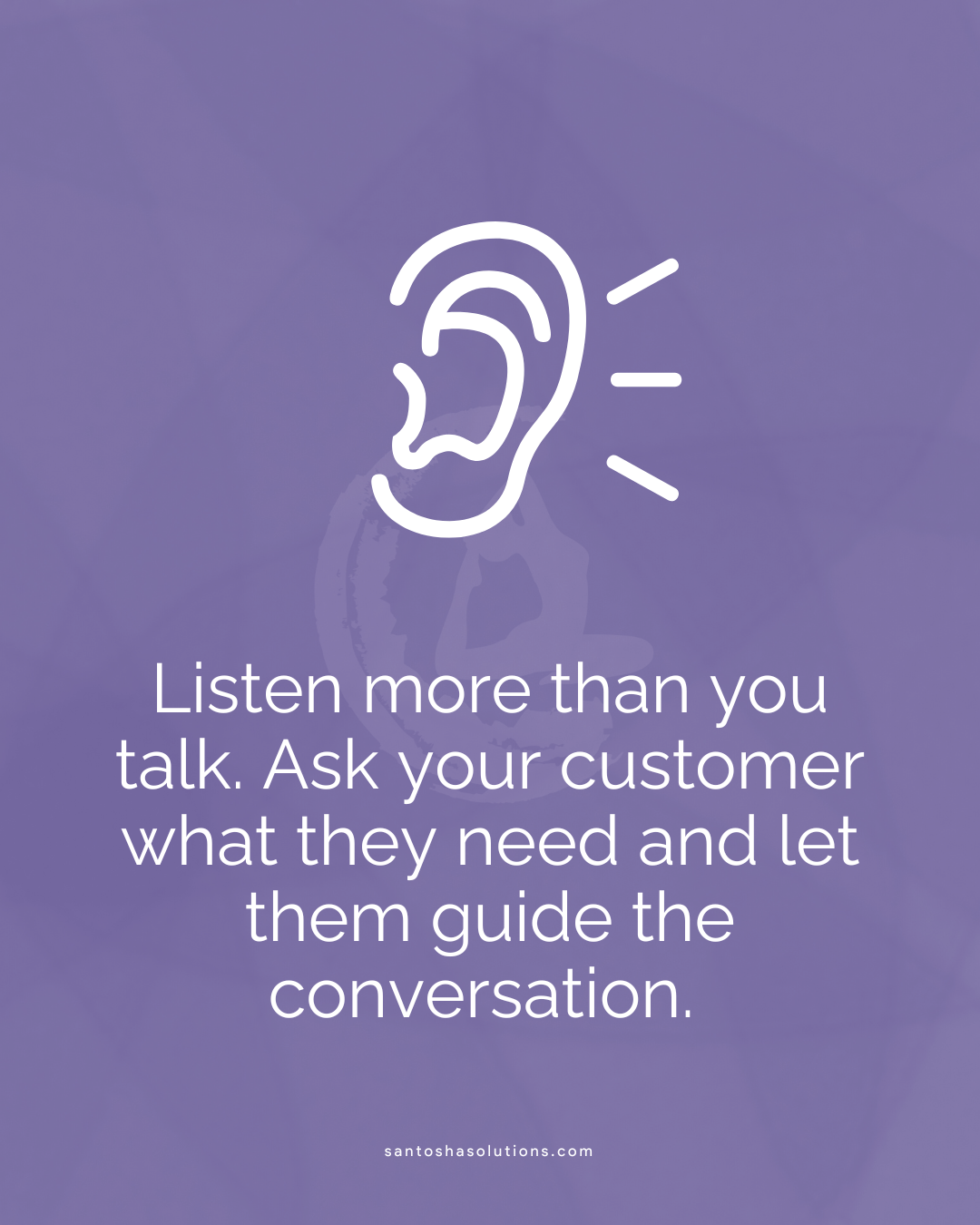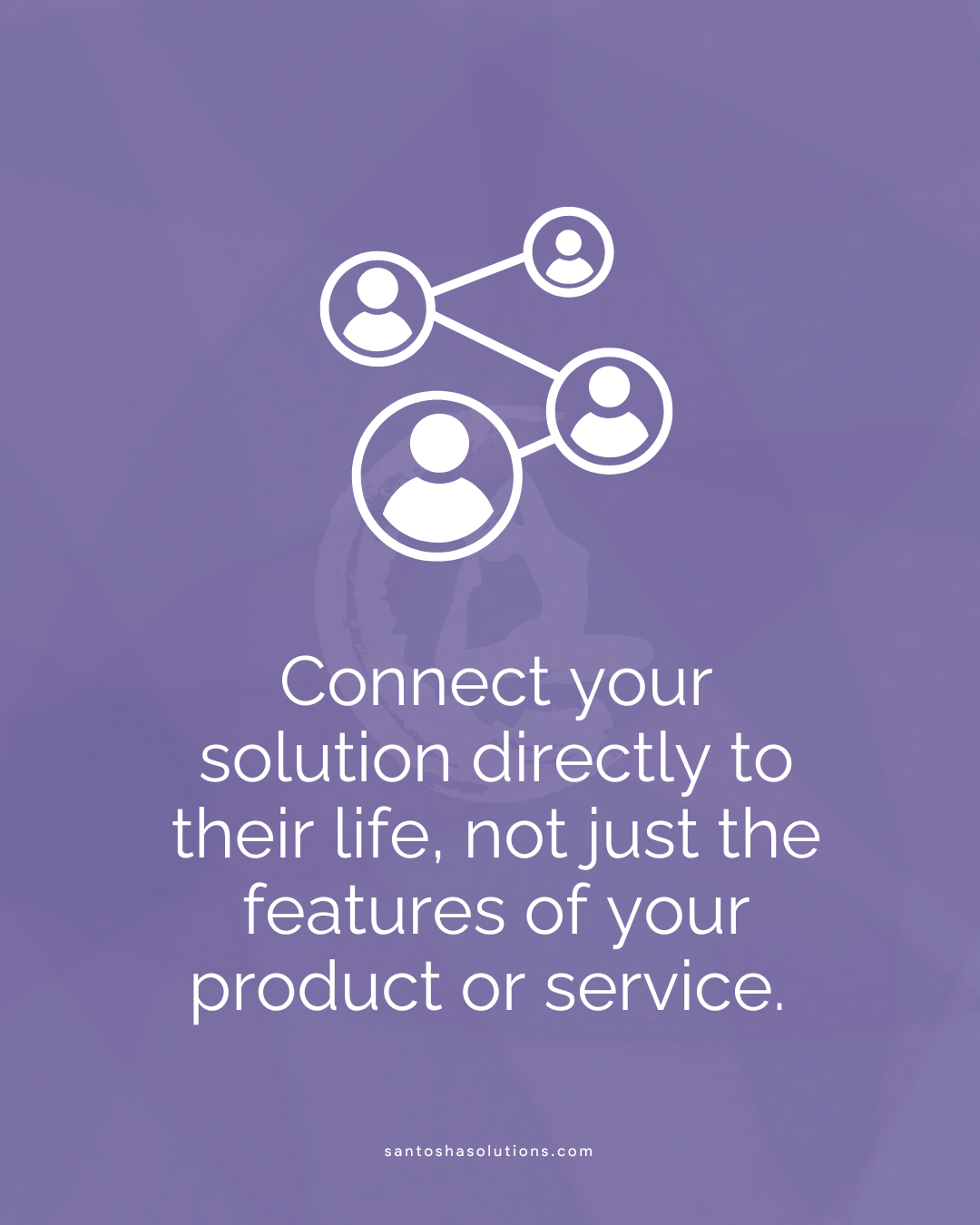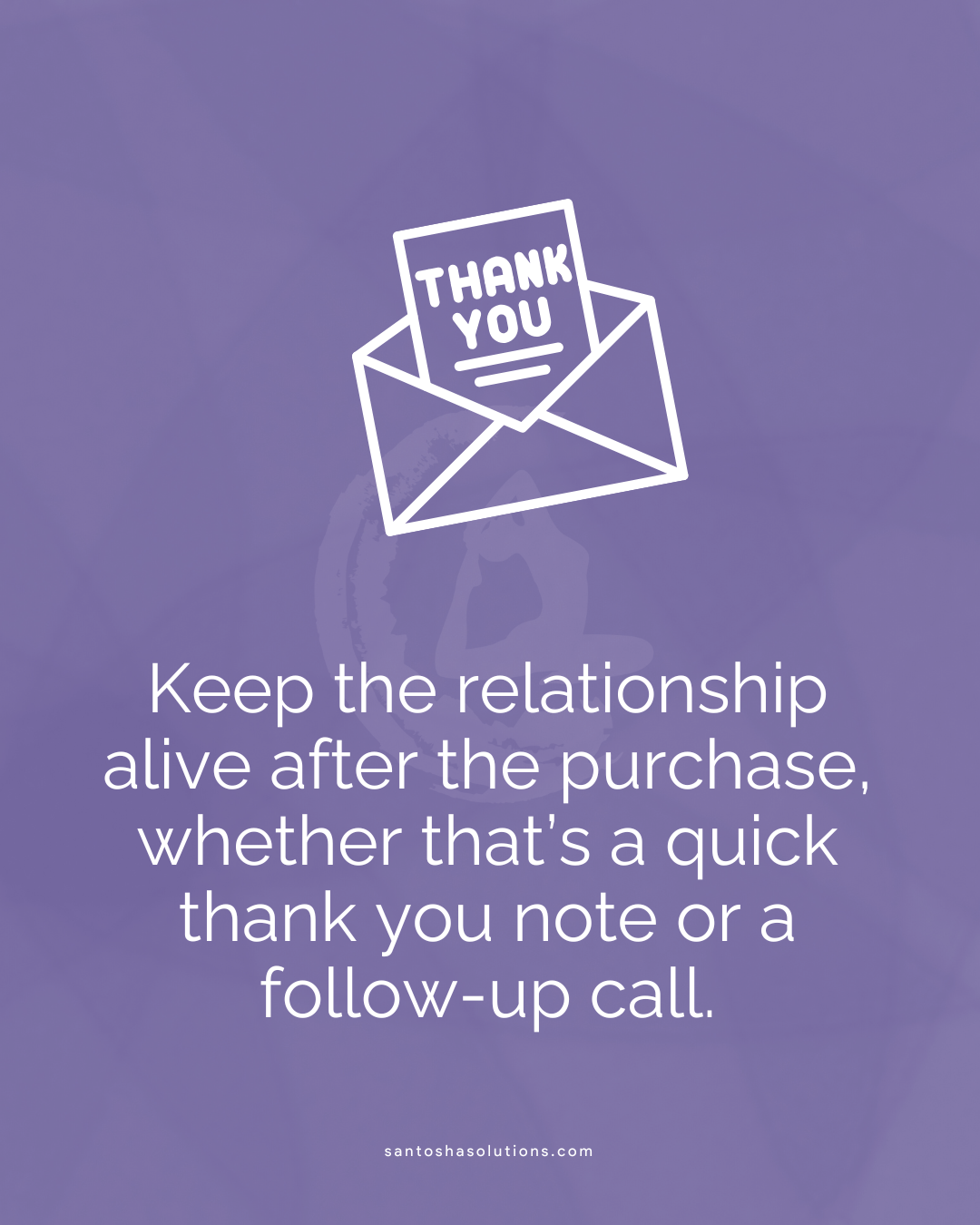When you’re running a business, especially a small business, it’s easy to focus on sales. After all, revenue keeps the lights on, pays you and your team, and supports your growth. But here’s the truth: sales are not the ultimate goal. They’re the byproduct of something deeper, stronger, and more authentic…RELATIONSHIPS.
People buy from people (and businesses) they trust. They buy because they feel understood, cared for, and valued. When you focus on connection first and sales second, your business doesn’t just grow, it thrives.
The Shift: From Transactional to Relational
Think about the last time you made a purchase that felt truly good. Chances are, it wasn’t because the business had the lowest price or the flashiest ad. It was because they made you feel seen.
Maybe it was the barista who remembered your name. Or the boutique owner who suggested a perfect gift for your sister. Or the contractor who didn’t just finish the job but called later to make sure everything was working as promised.
These moments are memorable because they go beyond the transaction. They make us feel connected.
For small business owners, this is your competitive advantage. Big brands may have bigger budgets, but you can outshine them in how you treat people.
Step One: Listen More Than You Talk
Too often, business owners go straight into “pitch mode.” They explain their services, list their features, and hope something lands. But what customers actually want is to be heard.
Three (3) Practical Ways to Listen:
- Ask open-ended questions: “What’s the biggest challenge you’re facing right now?”
- Pay attention to their language: Notice the words and phrases they use to describe their frustrations.
- Repeat back what you hear: This shows you’re paying attention and helps confirm you understood correctly.
When you let the customer guide the conversation, you’re not guessing what they need; you’re hearing it directly from them. And that builds instant trust.
Example:
Imagine you’re a local IT consultant. A business owner calls you because their computers are slow. Instead of jumping in with a pitch for your services, you ask, “Can you tell me what’s happening day-to-day for your team? How is this slowdown affecting productivity?” Now you’ve opened the door for them to explain their real frustrations, missed deadlines, frustrated employees, and unhappy clients. That insight is gold.
If you’re not sure who your target audience is or what they actually care about, it can feel overwhelming to even know what questions to ask. That’s why I created my Back to Basics course. It’s designed to help you identify your target market, understand your audience, and build content pillars that make your messaging clear and focused. Once you have that foundation, listening to your customers becomes much easier because you already know what matters most to them.
Step Two: Connect Your Solution to Their Life
Once you’ve listened, the next step is to connect your solution directly to their world. Don’t just talk about features—talk about impact.
Features vs. Impact:
- Feature: “I mow lawns every week.”
- Impact: “Your kids will have a safe, well-kept yard to play in without you worrying about tall grass and ticks.”
That’s the difference between selling a service and creating value. Customers don’t buy lawn mowing – they buy peace of mind, free time, and pride in their home.
Practical tip:
Take the words your customer used in step one and reflect them back. If they said, “I’m overwhelmed by paperwork,” your message might be, “My bookkeeping service takes that pile of papers off your desk so you can get back to running your business.”
Example:
A personal trainer doesn’t just sell workouts. They sell confidence, energy, and the ability to play with your kids without feeling out of breath. Tie your service to their everyday life, and you’ll stand out.
Step Three: Keep the Relationship Alive
The sale isn’t the end of the relationship – it’s just the beginning.
Following up shows customers you care beyond the transaction.
Ways to Follow Up:
- Send a handwritten thank-you note
- Call a week later to ask how things are going
- Email resources that help them get even more value from your service
- Check in months later just to say hello
These small gestures don’t take much time, but they go a long way in building loyalty. People remember how you made them feel after the sale.
Example:
Let’s go back to the landscaper example. Instead of just mowing the lawn and moving on, they call a week later: “Hi, I wanted to check if the new setup is working for your family. Anything you’d like us to adjust?” That simple check-in turns a one-time customer into a repeat client and someone who will happily refer friends.
Why This Approach Work
When you shift from chasing sales to building relationships, several things happen:
- Increased loyalty: Customers come back because they feel valued.
- More referrals: People love to recommend businesses that treat them well.
- Reduced pressure: You no longer feel like you’re constantly pushing to sell. The sales happen naturally.
- Differentiation: In a crowded market, caring deeply is your best differentiator.
Putting It All Together
Here’s a quick framework you can use in your own business:
- Listen: Ask questions, take notes, and let customers talk.
- Connect: Translate their words into the value your service brings to their life.
- Follow up: Show you care beyond the sale.
You don’t need a huge budget or complicated marketing strategy to do this. What you need is intentionality. Make connection your priority, and the sales will follow.
Download the free Customer Connection Framework Worksheet and start applying these three steps in your own business today.
If you’d like support putting this framework into action, you don’t have to do it alone. Inside the Small Biz Marketing Collective, I provide step-by-step guidance, live workshops, and a supportive community to help you create messaging that connects and marketing that works. It’s the ongoing support system many solopreneurs and small business owners are missing.
Small business success isn’t built on clever pitches or aggressive sales tactics. It’s built on relationships. When people feel understood, cared for, and valued, they buy…and they keep buying.
So the next time you meet with a customer, remember: listen first, connect second, and follow up always. Focus on the relationship, and you’ll discover that sales aren’t something you have to chase. They’re the natural outcome of trust.




